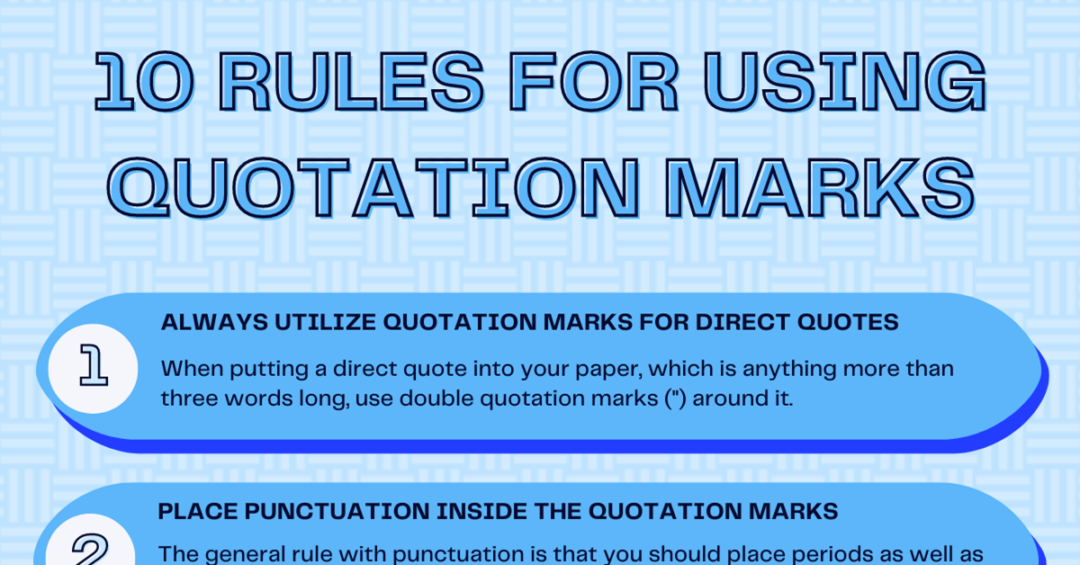Commas and quotation marks are important punctuation marks in the English language that are used to indicate pauses, quotes, and separations in writing. Understanding the rules for using commas and quotation marks correctly can help improve the clarity and readability of your writing.
Whether you are writing a formal essay, a business email, or a creative story, knowing how to properly use commas and quotation marks is essential for effective communication.
Rules for Using Commas and Quotation Marks
1. Use a comma before a coordinating conjunction (and, but, or, nor, for, so, yet) when joining two independent clauses in a sentence. For example: “I went to the store, but they were closed.”
2. Place commas inside quotation marks when quoting someone or citing dialogue. For example: She said, “I will be there at 3 o’clock.”
3. Use a comma after an introductory phrase or clause at the beginning of a sentence. For example: “After the meeting, we went out for lunch.”
4. When using quotation marks, place periods and commas inside the closing quotation mark. For example: “I can’t believe you said that,” she replied.
5. Use commas to separate items in a list or series. For example: “I need to buy apples, bananas, and oranges at the grocery store.”
Knowing and following these rules for using commas and quotation marks can help prevent confusion and improve the flow of your writing.
Overall, mastering the rules for using commas and quotation marks can enhance the clarity and effectiveness of your writing. By understanding when and how to use these punctuation marks correctly, you can ensure that your writing is grammatically correct and easy to read.
